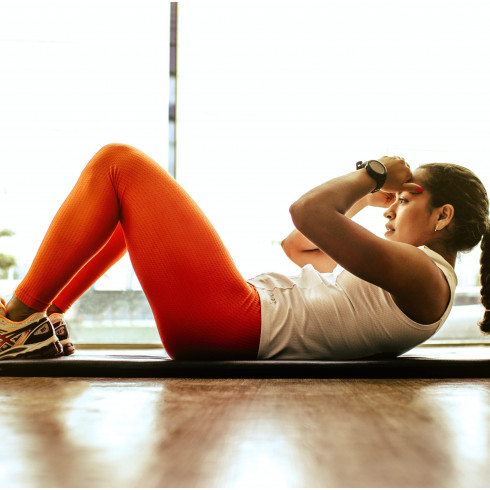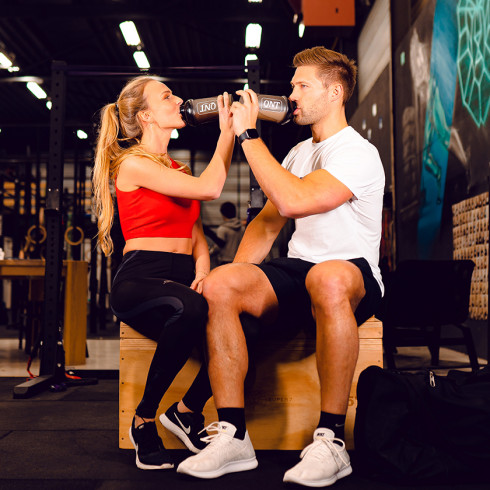Top 5 chest exercises for incredible results.
Top 5 Chest Exercises for Incredible Results .
Some chest exercises have a reputation for being particularly effective. Let's examine here those that seem to be the best for optimal progression.
1. Bench Press .
The bench press is an essential classic for sculpting the chest. This movement not only targets the major and minor pectoral muscles but also engages the triceps and shoulders. For maximum impact, vary your grip (narrow, standard, wide) to target different parts of your chest.
2. Machine Fly (Pec Deck) .
Perfect for targeting the inner part of the chest, machine flys allow for maximum isolation. Keep the movement controlled, focus on contracting the chest muscles with each repetition, and remember to exhale during exertion for optimal effectiveness.
3. Parallel Bar Dips .
A powerful exercise for the chest, especially if you lean slightly forward and flare out your elbows during execution to target the pectoral muscles more than the triceps. Dips also engage the muscles of the shoulders and arms. Adjust the difficulty by adding weight if the exercise becomes too easy.
4. Elevated Push-ups .
By placing your feet on an elevated surface or your hands on dumbbells, you increase the difficulty of traditional push-ups and intensify the work on the upper chest muscles. It's an excellent way to strengthen your chest without special equipment.
5. Dumbbell Pullover .
This exercise not only focuses on the chest but also helps develop the entire upper body, including the lats. Use a bench and a single dumbbell to perform this exercise safely, and ensure proper control of the movement through its full range of motion.
Once these 5 exercises have been mastered, it's also important to adjust your workout based on your goals. For instance, to target the upper chest, focus on incline bench press instead of flat bench press.
Dumbbells or Barbells: Which to Choose for Chest Training ?
When it comes to choosing between dumbbells and barbells for chest training, each option offers distinct advantages that can influence your decision based on your specific goals.
Advantages of Dumbbells :
- Range of Motion: Dumbbells offer a wider range of motion. This means you can lower the weights deeper during exercises like presses, which can increase the stretch and contraction of the pectoral muscle fibers.
- Balance and Stabilization: Using dumbbells requires greater stabilization effort from your muscles, which can help strengthen stabilizing muscles around the chest and shoulders.
- Correcting Muscle Imbalances: If one side of your body is weaker, dumbbells allow you to work each side independently, promoting balanced muscle development.
Advantages of Barbells :
- Ability to lift heavier weights: Barbells generally allow for lifting heavier weights because they are easier to stabilize compared to dumbbells. This can be particularly beneficial for developing brute strength.
- Measurable progression: It's easier to track progress with barbells since you can gradually add small amounts of weight.
- Support for beginners: For beginners, barbells can offer a simpler and safer way to become familiar with pressing movements without as much concern about balance.
Choose according to your goals :
- If your main goal is to increase muscle mass and improve muscle symmetry and definition, dumbbells might be the best choice.
- If you're aiming to maximize your strength and lift heavier weights, then using barbells could be more appropriate.
Ideally, a combination of both can be the best approach for a comprehensive chest training program. Alternating between dumbbells and barbells can help you leverage the advantages of each and stimulate your muscles in different ways, potentially leading to greater long-term gains.
Can I Train Chest Every Day ?
It's often tempting to think that more exercise will lead to better results, especially when motivated to improve a specific area like the chest. However, the ideal training frequency should consider the need for muscle recovery.
Importance of Rest :
Rest is crucial to allow muscles to recover and grow. After intense training, muscle fibers undergo small tears, and it's during the recovery phase that these fibers repair and strengthen. Without adequate rest, these repair and strengthening processes cannot occur effectively.
Risks of Overtraining :
Training every day can lead to overtraining, characterized by persistent fatigue, decreased performance, sleep disturbances, and an increased risk of injuries. Overtraining also affects the immune system, making the body more susceptible to infections.
Recommendations for Chest Training :
For most individuals, it is recommended to allow at least one to two days of rest between sessions targeting the same muscle groups. This allows for complete recovery and continuous progression without the risk of regression due to excessive fatigue.
Balanced Approach :
An balanced approach could include two to three chest training sessions per week, depending on the intensity and duration of the sessions. Non-chest training days can be used to work on other muscle groups, improving overall symmetry and functionality of the body while allowing sufficient recovery time for the chest muscles. However, be cautious with such training. By training the chest 2 to 3 times a week, the energy to work on other muscle groups is less and for a balanced progression of all muscle areas, it is always better to work each group once a week. Except in the case of delay of a part of the body, of course.
By incorporating adequate rest periods and avoiding excess, you maximize your chances of seeing significant improvements while keeping your body healthy and ready for future challenges.
How Much Weight Should I Use for Chest Exercises ?
Choosing the weight for chest exercises is crucial to maximize training effectiveness while minimizing the risk of injury. Here are some considerations to determine the appropriate weight:
1. Assessment of Form and Technique :
First and foremost, ensure you can perform the movements with correct technique. The appropriate weight is one that you can lift while maintaining good posture, without compromising the form of the movement. If you notice your form deteriorating during the exercise, the weight is likely too heavy.
2. Utilization of the Rate of Perceived Exertion (RPE) Rule :
The RPE (Rate of Perceived Exertion) is a scale that measures the perceived intensity of effort on a scale from 1 to 10, where 1 is very easy and 10 is maximum effort. For muscle growth (hypertrophy), aim for an RPE between 6 and 8. This means you should choose a weight where the last two repetitions of your sets are challenging to complete but can still be performed with correct form.
3. The One Repetition Maximum (1RM) Test :
To take a more precise approach, you can determine your One Repetition Maximum (1RM) - the maximum weight you can lift for a given number of repetitions. For example, if you can perform a maximum of 10 repetitions before reaching muscle failure with a certain weight, that weight is your 10RM for that exercise. Once you have determined your 1RM, you can use a percentage of this RM (for instance, 70-80% of your 1RM) for your regular workouts.
4. Progression and Adjustments :
It's important to regularly adjust the weight you lift. If you find yourself completing your sets and repetitions too easily without feeling significant fatigue towards the end, it's time to slightly increase the weight. This helps to continue challenging your muscles and promotes muscle growth and strength.
5. Listening to Your Body :
Each training day can be different based on many factors, including sleep, nutrition, and stress. Pay attention to how your body responds and adjust the weights according to your energy and strength levels for that day.
By following these guidelines, you can effectively choose the weight that will allow you to progress in your workouts while remaining safe and healthy.
Coach's Tips .
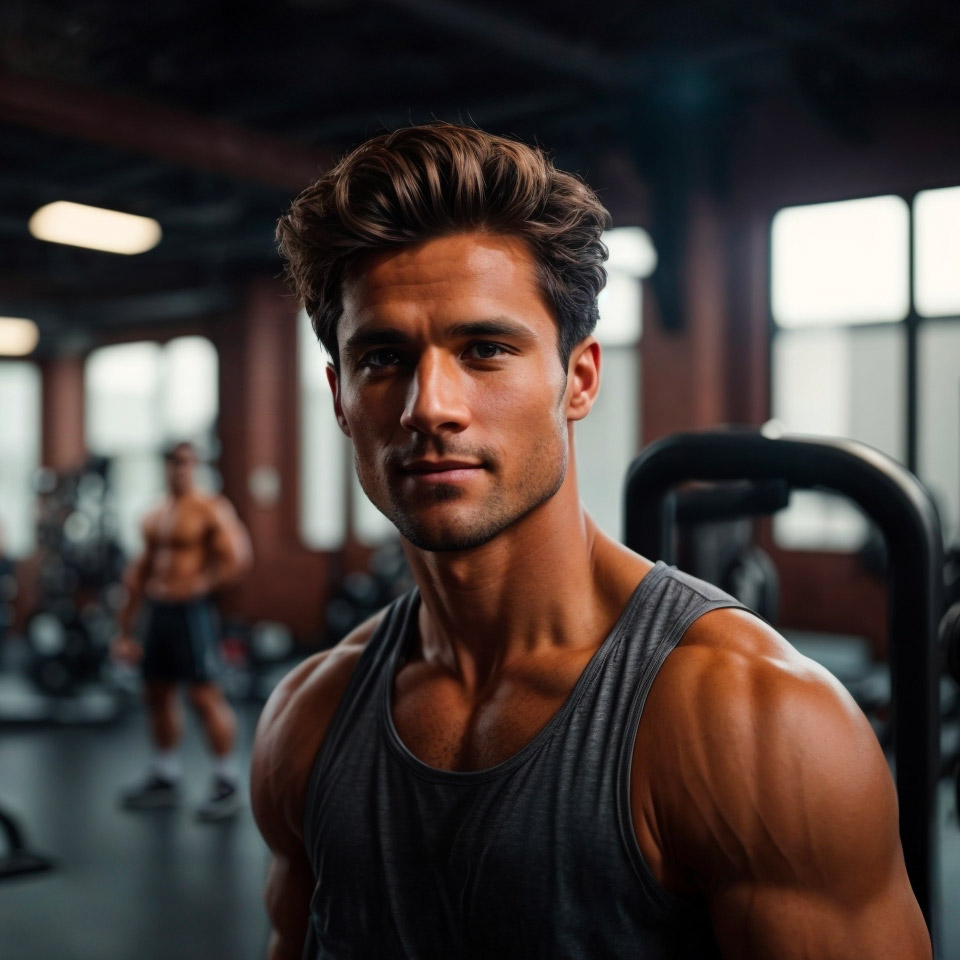
- It's crucial not to fall into a routine where your body gets used to the exercises and stops progressing. Regularly changing exercises seems like a good way to maintain more consistent progression.
- Make sure to properly nourish your body if you want it to progress: It needs an adequate amount of protein to build muscle.
- Also, be careful not to overstress the muscles of the rotator cuff. Tendonitis in this area is typical from overuse of bench press. Rotate to other exercises before damaging the area too much and having to stop training, if that's the case.
- Also, be cautious not to prolong heavy work (6-8 repetitions) which is prone to causing more injuries. As soon as you feel something unusual during a movement, listen to your body and change your training approach.
Related posts
-
 Summer holidays: How to limit the damage?
Posted in: Our tips24/06/2021On holiday, we often tend to let ourselves go. Unless you're a hardcore sportsman, you tend to abandon your trainers...Read more
Summer holidays: How to limit the damage?
Posted in: Our tips24/06/2021On holiday, we often tend to let ourselves go. Unless you're a hardcore sportsman, you tend to abandon your trainers...Read more -
 Which fat burner to choose?
Posted in: Our tips26/05/2021To lose weight and burn fat, there is no secret: you have to do sport and take care of your diet. However, it is...Read more
Which fat burner to choose?
Posted in: Our tips26/05/2021To lose weight and burn fat, there is no secret: you have to do sport and take care of your diet. However, it is...Read more -
 Summer body edition for men: How to prepare your body?
Posted in: Our tips11/05/2021Gentlemen ? The return of the sun and its warm rays are almost here! The degrees are slowly but surely rising, but...Read more
Summer body edition for men: How to prepare your body?
Posted in: Our tips11/05/2021Gentlemen ? The return of the sun and its warm rays are almost here! The degrees are slowly but surely rising, but...Read more -
 9 good reasons to do sport.
Posted in: Our tips22/04/2021Sometimes the urge to exercise is not always there. And although we always tell ourselves that this year will finally...Read more
9 good reasons to do sport.
Posted in: Our tips22/04/2021Sometimes the urge to exercise is not always there. And although we always tell ourselves that this year will finally...Read more -
 Discover how to take care of your faithful companion: your shaker!
Posted in: Our tips07/04/2021In your bag, in your hand, in your sink, it is everywhere! The shaker is an essential element of any good training....Read more
Discover how to take care of your faithful companion: your shaker!
Posted in: Our tips07/04/2021In your bag, in your hand, in your sink, it is everywhere! The shaker is an essential element of any good training....Read more
Blog categories
Popular posts
-
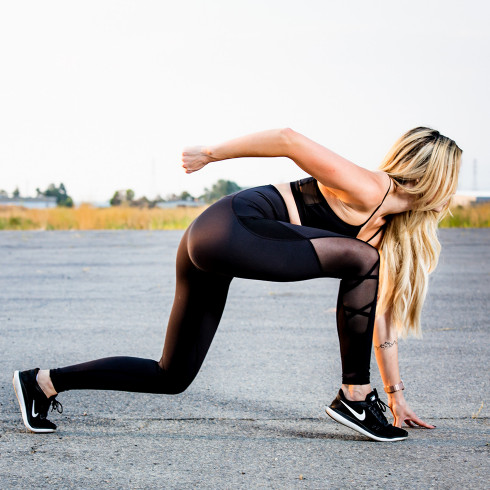 Looking thinner but at a heavier weight? Is that possible?04/10/2021Posted in: Our tipsAdvertising has shaped our thinking! We have been forced for years to believe that losing weight is the key to having...Read more
Looking thinner but at a heavier weight? Is that possible?04/10/2021Posted in: Our tipsAdvertising has shaped our thinking! We have been forced for years to believe that losing weight is the key to having...Read more -
 Proteins for weight loss !29/12/2023Posted in: Our tipsDive into the fascinating world of proteins and their key role in weight loss. Discover how to choose the best...Read more
Proteins for weight loss !29/12/2023Posted in: Our tipsDive into the fascinating world of proteins and their key role in weight loss. Discover how to choose the best...Read more -
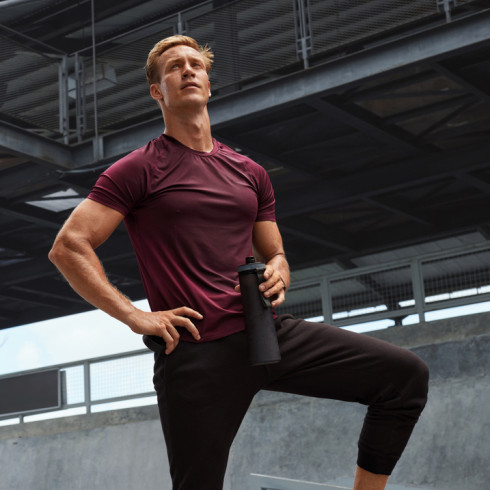 Which foods boost testosterone levels ?07/05/2021Posted in: Food supplementsTestosterone, often associated with virility, has much more to offer than you might think. It plays a crucial role in...Read more
Which foods boost testosterone levels ?07/05/2021Posted in: Food supplementsTestosterone, often associated with virility, has much more to offer than you might think. It plays a crucial role in...Read more -
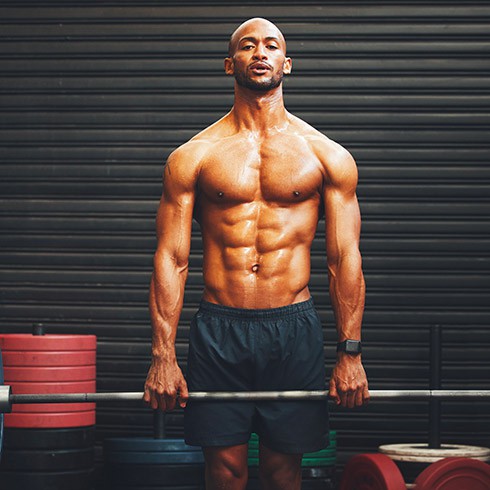 10 BENEFITS OF GLUTAMINE.02/01/2024Posted in: Our tipsDiscover the power of L-glutamine, an underrated superhero in the world of amino acids! Essential for revitalizing...Read more
10 BENEFITS OF GLUTAMINE.02/01/2024Posted in: Our tipsDiscover the power of L-glutamine, an underrated superhero in the world of amino acids! Essential for revitalizing...Read more -
 Is there a link between sex and sport?14/11/2019Posted in: LifestyleMany have already asked questions about sex and sport. Most of the time, people want to be reassured by the many...Read more
Is there a link between sex and sport?14/11/2019Posted in: LifestyleMany have already asked questions about sex and sport. Most of the time, people want to be reassured by the many...Read more

.jpg)
